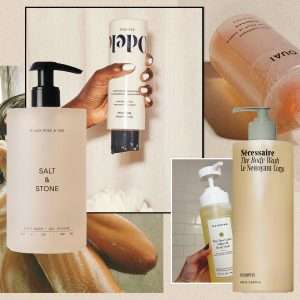Painting your RC car body is a fantastic way to personalize your ride and make it stand out. It’s a fun project. Choosing the right paint is crucial for achieving a durable and visually appealing finish. This guide will walk you through the best paint options and techniques. Get ready to transform your RC car!
Types of Paint for RC Car Bodies
Several types of paint are suitable for RC car bodies, each with its own advantages and disadvantages. Consider these options carefully.
- Polycarbonate Paint (Lexan Paint): Specifically designed for flexible polycarbonate bodies. It adheres well and resists cracking.
- Acrylic Paint: A versatile option, but requires a flexible primer and clear coat. It’s readily available.
- Enamel Paint: Durable and glossy, but can be brittle and prone to chipping. Use with caution.
Polycarbonate paint is generally the best choice for Lexan bodies due to its flexibility and adhesion. Acrylics can work, but require more preparation.
Preparation is Key
Proper preparation is essential for a professional-looking paint job. Don’t skip these steps!
- Clean the Body: Remove any dirt, grease, or residue with mild soap and water. Dry thoroughly.
- Masking: Use high-quality masking tape to protect areas you don’t want to paint. Take your time.
- Primer (Optional): Apply a flexible primer for better adhesion, especially when using acrylic paints. Let it dry completely.
Masking is particularly important for creating intricate designs and avoiding overspray. A sharp hobby knife can help with precise cuts.
Painting Techniques
Apply thin, even coats of paint to avoid runs and drips. Patience is key!
- Apply Thin Coats: Multiple thin coats are better than one thick coat. Allow each coat to dry before applying the next.
- Use Proper Ventilation: Paint in a well-ventilated area to avoid inhaling harmful fumes. Consider using a respirator.
- Distance and Angle: Hold the spray can or airbrush at the correct distance and angle for even coverage. Practice makes perfect.
FAQ: Frequently Asked Questions
Choosing the right paint and following proper techniques will result in a stunning and durable finish for your RC car body. Experiment with different colors and designs to create a truly unique look. Have fun and enjoy the process!




